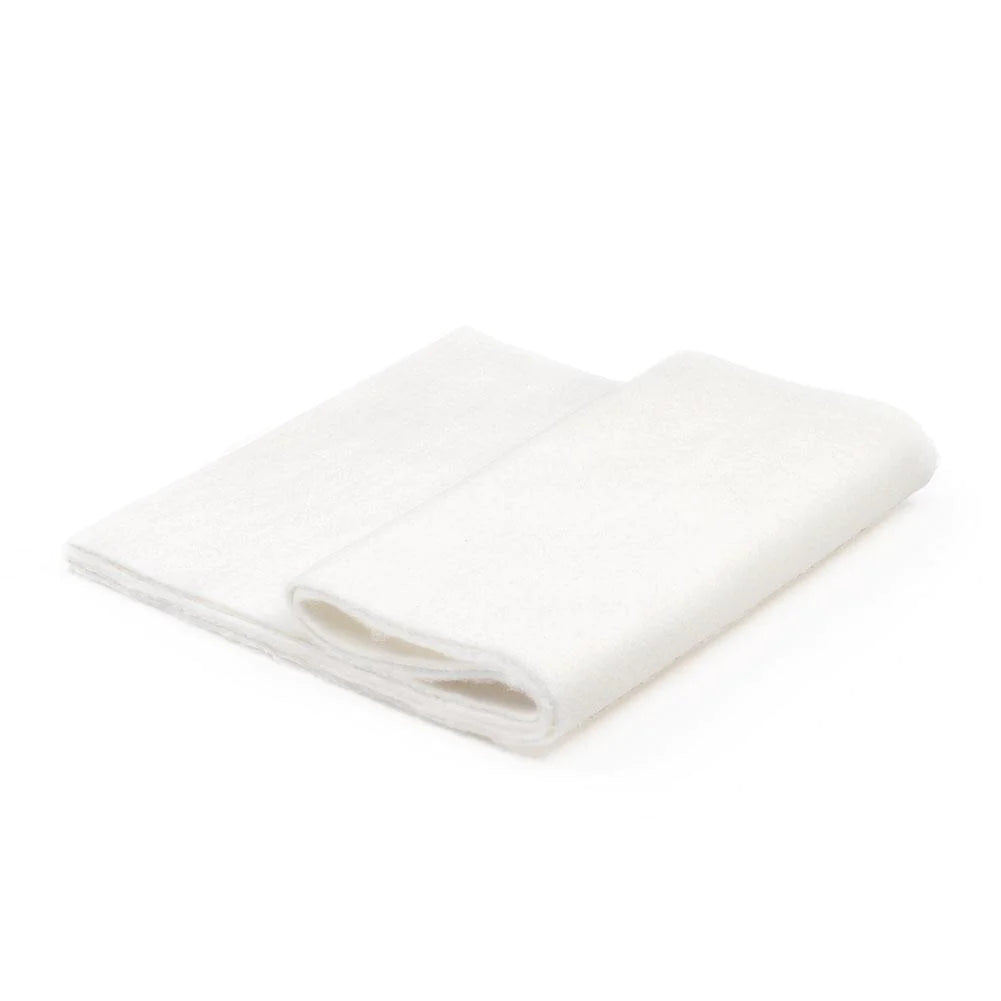Aramid needle felts come in two classes: meta-aramid and pera-aramid. Aramid is a man-made high-performance fiber whose molecules are characterized by relatively rigid polymer chains. These molecules are connected by strong hydrogen bonds that transmit mechanical loads very efficiently, allowing the use of relatively low molecular weight chains. Aramid fibers share some general characteristics that distinguish them from other synthetic fibers:
- High strength
- Good resistance to organic solvents
- Not managerial
- No melting point
- Low flammability
- Good fabric integrity at elevated temperatures
Meta-aramid (Nomex)

Meta-aramid fibers do not ignite, melt or drip. They retain their mechanical properties at elevated temperatures. Although meta-aramid fibers have higher tensile strength and lower thermal conductivity than many FR fibers, they are soft to handle and process similarly to traditional fibers.
Para-aramid (Kevlar)

Due to their rigid molecular structure, pera-aramid fibers have high toughness, high tensile modulus and high heat resistance. Para-aramid fibers have similar operating temperatures to meta-aramid fibers, but have three to seven times higher strength and modulus than meta-aramid . This makes them ideal for reinforcement and protection applications.
Precursor carbon felt

Polyacrylonitrile fibers (PAN) do not burn, melt, soften or drip. PAN fibers are extremely heat and flame resistant (up to 1800°F) and have low thermal conductivity. PAN fibers also have high electrical resistance and high mechanical strength.


















